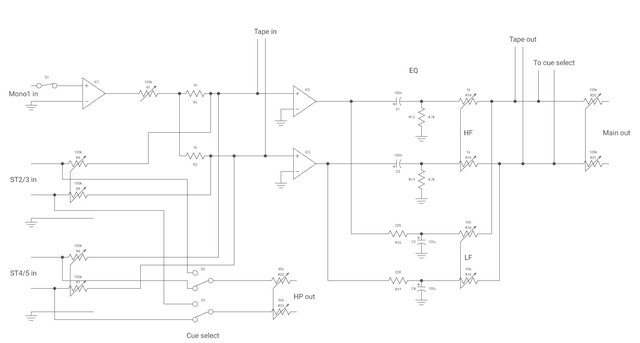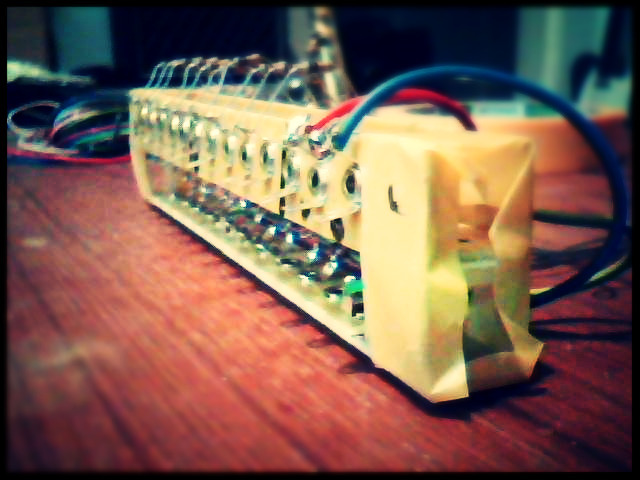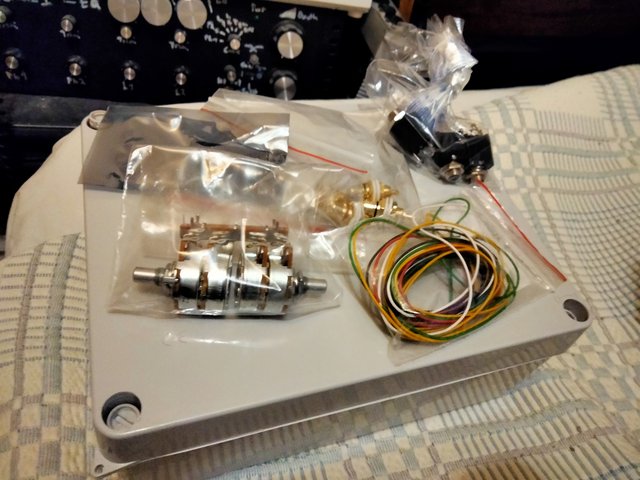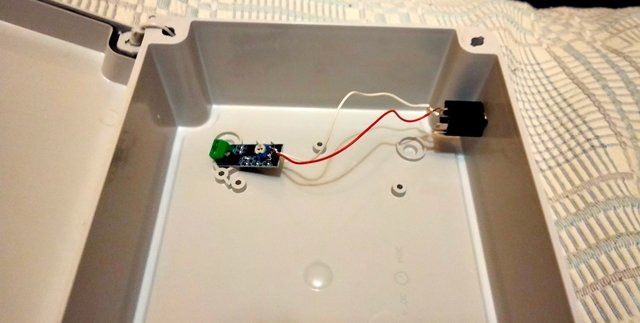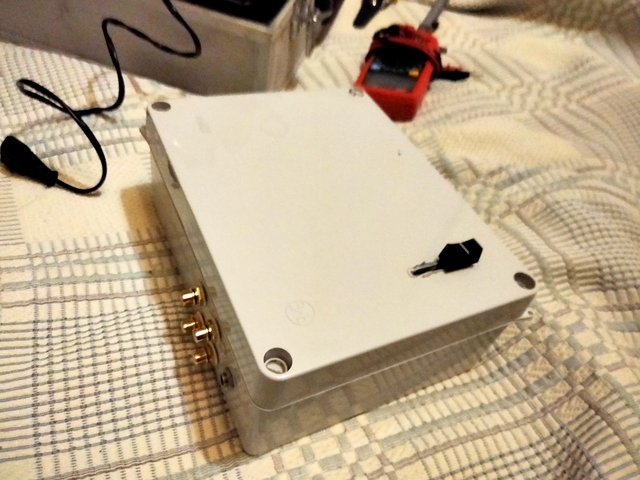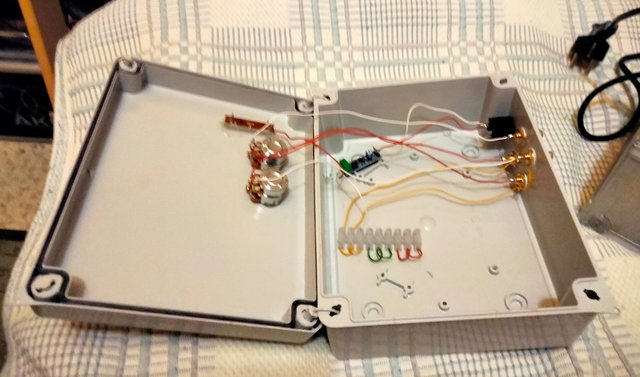EDIT : I've been dreaming of owning a tabletop oscilloscope but don't have space for one.. they're mad expensive too.
i payed a bit over
100€ for my 2212 digital storage scope.
it's second hand, but came with the original Tektronix manual.
, you really need a scope with 2 probes if you're going to use
opamps.
You have to keep track that in the end they signal
aint inverted.
I even got a FLUKE from the 70ties and i payed 40€ for it, pretty sure if you put time and effort, you will find one.
in your circuit you have no feedback to the opamp and it will act kinda like a switch, any signal to the
+ input will make the output go high to the supply rail and that's it! it will not move and make no sound. since the
negative pin is tied to
ground, the
positive part of the wave will turn it on and any
negative part of the wave will turn it off. apart from others problems in your circuit.
before proceeding, watch Dave Jones video on Opamps.
EEVblog #600 - OpAmps Tutorial - What is an Operational Amplifier?
2.314.987 views
Listen carefully to Dave, it's just 30 minutes and wil open your eyes.
You can't proceed without a oscilloscope.
last night remember a circuit, i used a couple of years ago.

this is your cross fader circuit.
the "fader" is used a bit different than you might expect.
You gotta use high quality opamps, since we're talking about "amplitude" of 0.5 V up and 0.5 V down or 1 Volt peak to peak. powered from a bi-polar 12 V circuit, 24 V peak to peak. sure you could use a single ended power sypply, but the you gotta create
virtual ground and used DC coupling capacitors 4uF7, 10 uF. also a topic in it's own.
OPA2991 or a other OPA model. 2/3us$ a piece.
i added "headers", you can find them in the Kicad 6 library









![Soldering Iron Kit, 120W LED Digital Advanced Solder Iron Soldering Gun kit, 110V Welding Tools, Smart Temperature Control [356℉-932℉], Extra 5pcs Tips, Auto Sleep, Temp Calibration, Orange](https://m.media-amazon.com/images/I/51sFKu9SdeL._SL500_.jpg)





























